By Alyce Collins
AFTER attempting a trampoline flip and feeling his NECK CRACK on landing, this man was left QUADRIPLEGIC but has found a love for adaptive skiing, as he vows not to reflect on his horrifying accident.
Adaptive ski instructor, Garrett Bazany (23) from Michigan, USA, was just 15-years-old when he broke his neck while attempting a double front flip on his trampoline in May 2010.
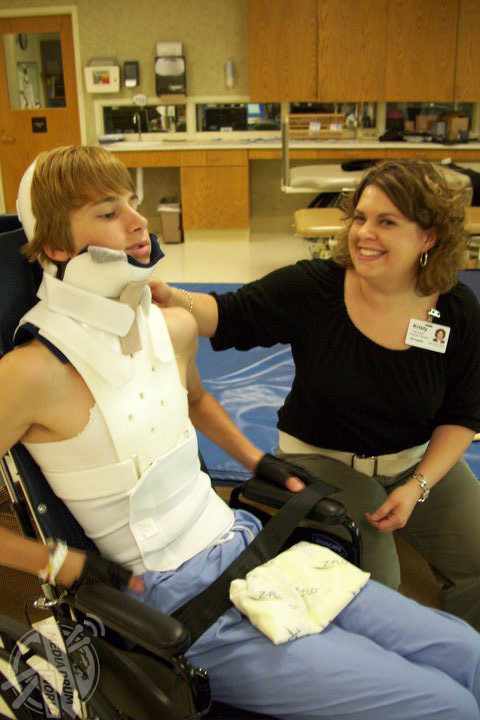
Garrett can remember hearing the crack of his neck and instantly being unable to feel anything below his chest. Garrett pulled himself to the edge of the trampoline and miraculously called his own ambulance, who at first thought it was a prank call.
At the hospital, Garrett was diagnosed with a C7 incomplete burst fracture, resulting in quadriplegia with no movement from the armpits down. That day, Garrett had surgery to fuse three bones together in his neck, but when he woke up from the operation, he panicked and tried to get up, until he realised he couldn’t move anything.
One of his doctors pointed out that his accident could have resulted in far worse complications, possibly even death and that although he was now paralysed, there were still many adaptive sports he could try.
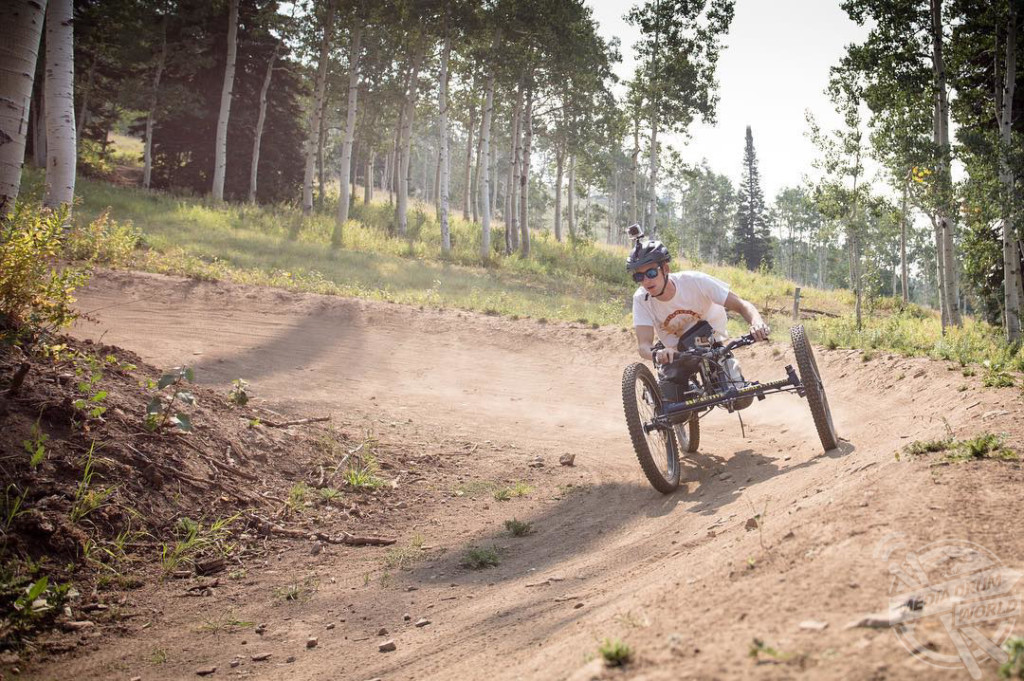
Garrett spent the next six weeks in hospital and did seven hours of therapy each day, which involved sitting up in a chair and brushing his teeth. Therapy continued for the next seven years, with the first three years being five days a week for two hours after school.
The limitations of his accident have enabled Garrett to flourish as he now takes every opportunity that arises, having accomplished far more than he did before the accident. Garrett became interested in adaptive skiing in 2011 and has carried it on ever since.
“I broke my neck on a trampoline doing a double front flip when I was 15 on May 29th, 2010,” said Garrett.

“I remember everything. I was home alone and practicing a double front flip and came up short landing on my head. I don’t remember hitting the trampoline, but I remember hearing the crack.
“I was instantly paralysed from the chest down, unable to feel or move anything. I remember having a feeling that my legs were touching the back of my head and when I looked back at them, they were just lying there in a position different to what I felt.
“So, I crawled to the edge of my trampoline and called my own ambulance and stabilised my head on the side of the trampoline. I remember thinking that my life was over, and I’d never be able to run again.
“The ambulance arrived and at first they thought it was fake because I was lying there, relaxed and calm. This was mostly because I didn’t feel a need to panic and didn’t have any pain from the break. After that they took me to the hospital where they fused together three bones in my neck.

“I remember waking up surrounded by doctors and machines and trying to get out of bed because I was freaked out but I couldn’t move anything. That was when I remembered everything and that I was paralysed.
“I had a conversation with my doctor who pointed out all of the things I could still do with my injury through adaptive sports. He also pointed out how bad the injury could have been with the level I broke. Based on my level of injury, he said I shouldn’t have much control over my arms and little control of my hands.
“He emphasised that based on being home alone I shouldn’t have been able to call my own ambulance and that I should have died technically because the swelling would have increased in my neck and caused me to stop breathing if someone didn’t find me soon after.
“From then on out, after that conversation I was positive and decided to work hard at walking again and do as many activities as possible.
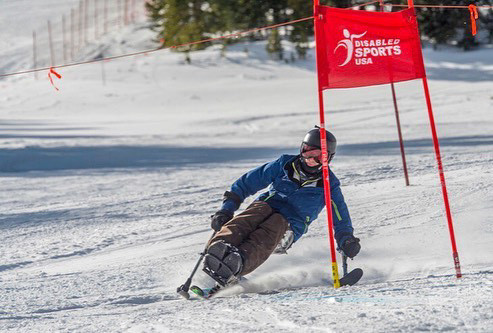
“I spent six weeks in hospital as an inpatient doing seven hours of therapy a day. This involved little things I took for granted before my accident, like sitting up in a chair, dressing myself, brushing my teeth and regaining my arm strength.”
The accident transformed Garrett’s perspective and gave him the mentality that nothing can be done to change the past, so there’s no point in focusing on it.
Since the accident, Garrett has developed a passion for adaptive skiing and is now training for the Winter Paralympics.
“When I first left the hospital, all I could do was quiver a toe. Now, I’ve regained all my upper body strength and some of my core down to my abs. I can also stand and walk short distances with a walker,” said Garrett.
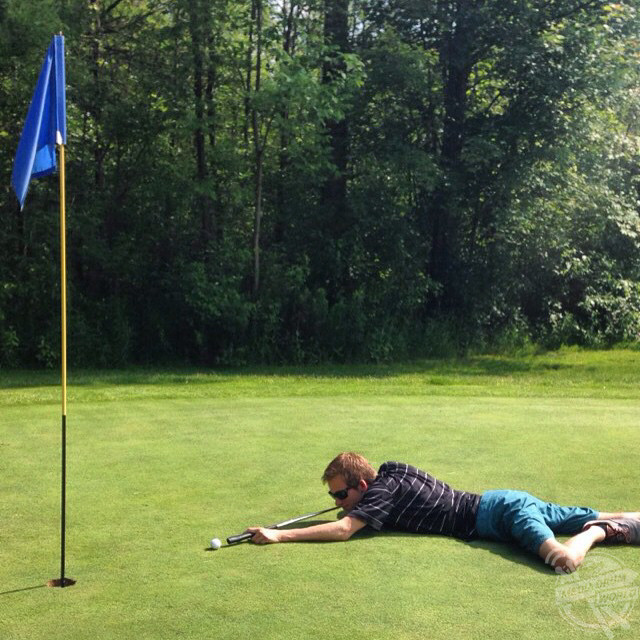
“I got into adaptive skiing the year after my accident. I started off on a BISKI, where you have two skis underneath you while you’re still sitting in a chair.
“After a year on that, I started using a mono-ski. The way it works is you are sitting in a seat shaped to your body and a spring under it that connects to one ski. You also have two outriggers that have small skis on them and those are used for some balance.
“Life is going to throw you curveballs and it’s how you deal with it that’s going to make all of the difference. So now I don’t take life for granted because it can change at any minute. I take advantage of any opportunity that comes my way.
“I also want to prove to others that a life-changing accident doesn’t have to stop you from living a full life. Now I am more positive than ever, and I love my life.
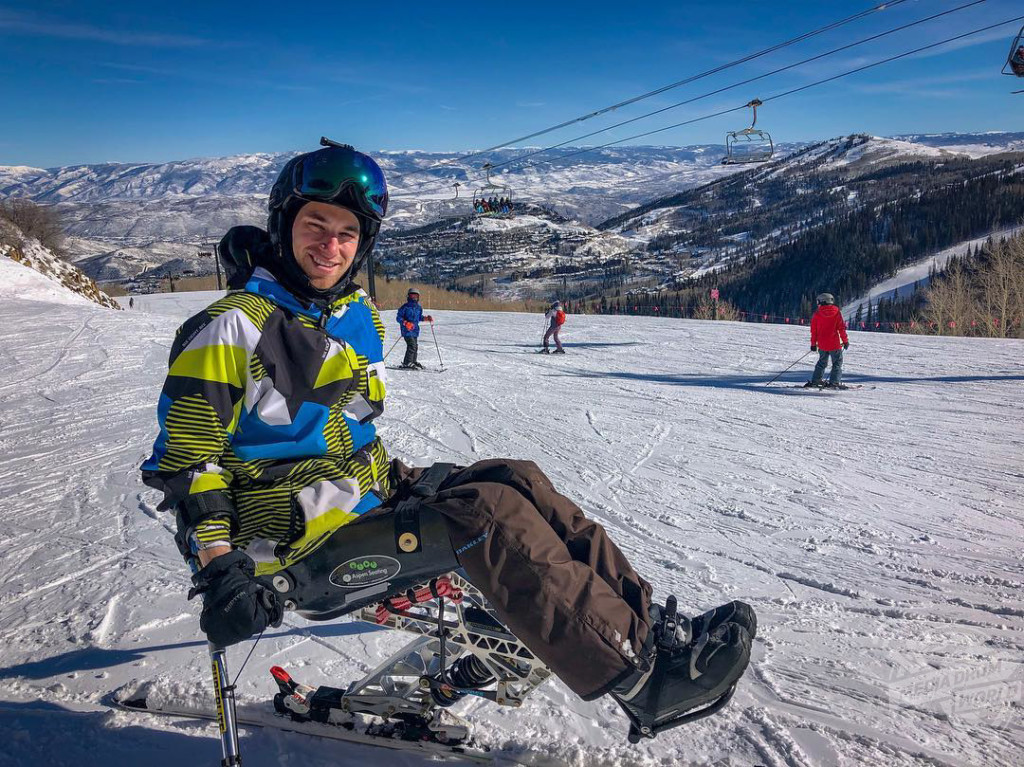
“Just because you had a life changing accident, it doesn’t mean your life is over. There’s still so much you can do and so much you should get involved with. If anything, it sometimes opens up more opportunities than you could ever imagine.
“On the outside, someone seeing me may think my life is super difficult and that I’m mad at the fact I’m in a wheelchair, but that’s not the case. Life isn’t always going to go your way, so when it doesn’t you just have to think positively and get past it.”
To see more, visit https://www.instagram.com/garrett_bazany/






